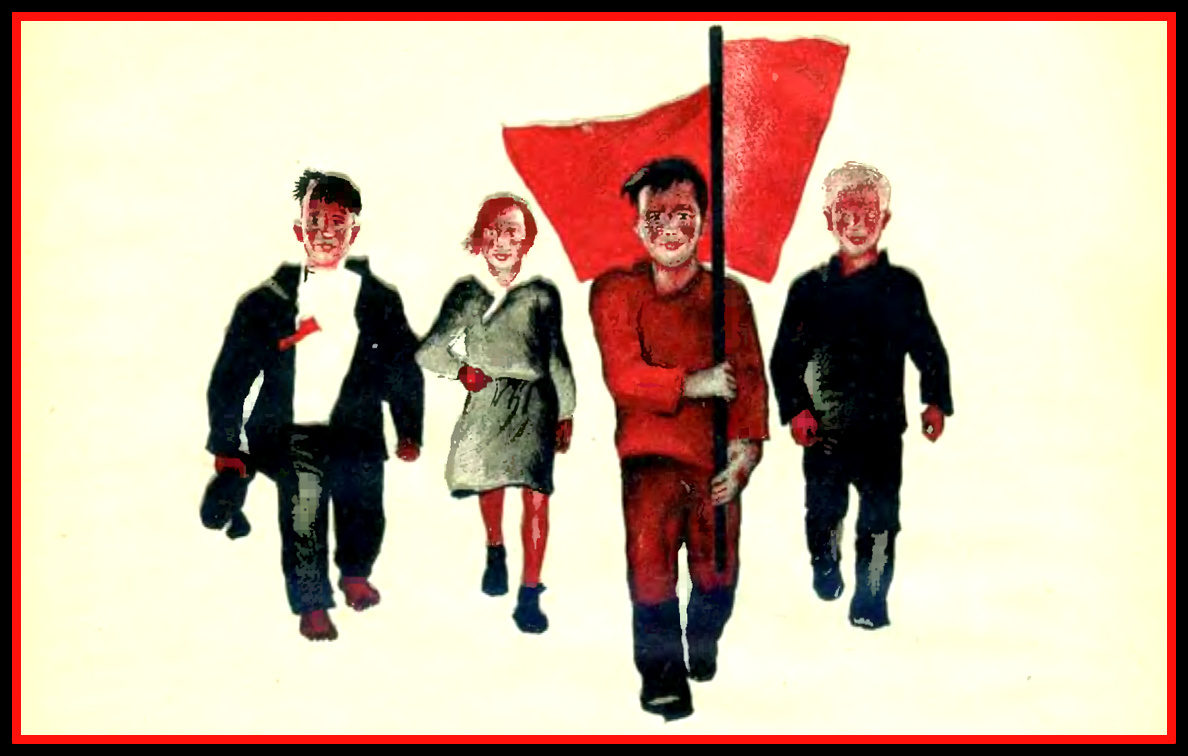This paper focuses on how children literature of the late 1920s and early 1930s incorporated and refashioned the pedagogical mechanisms of the exhibition form for the picture book. The paper will outline how the model of the exhibition, both thematically and formally, was transposed onto the page and how the translation of its display techniques into book format  were deployed towards the articulation of a new Soviet cultural identity for the child. My analysis of the motif of exhibitions in three books published between 1928 and 1931 is grounded in a wider theoretical engagement with exhibitions as sites of identity formation in the 1920s and early 30s.
were deployed towards the articulation of a new Soviet cultural identity for the child. My analysis of the motif of exhibitions in three books published between 1928 and 1931 is grounded in a wider theoretical engagement with exhibitions as sites of identity formation in the 1920s and early 30s.
I hope to show that such a focus on exhibitions as models of cultural production for the Soviet citizen was not limited to children literature, nor to literature more generally. By drawing comparisons between the model of exhibitions proposed in the children books to those articulated in the writings of Serguei Tretyakov and in the practice of El’ Lissitzky, I suggest that in the 1920s and 1930s exhibitions were viewed as the quintessential pedagogical tool for conveying the essence of dialectical materialism not only in the context of childhood pedagogy but also in Soviet mass propaganda more generally.
 The books I have selected offer three slightly different vistas on the way exhibitions are
The books I have selected offer three slightly different vistas on the way exhibitions are
articulated and deployed in children’s books. In Na Vystavke (1931) I will analyze how the theme of the exhibition encourages the child-reader, at least at a narrative level, to take part in the transformation of traditional everyday life (the Russian ‘byt’) into the new Soviet world.
In Solomon Telingater’s second rendition of Komsomolia (1928), I will show how this transformation of byt is enacted on a formal level and how it expands beyond the world of things to incorporate people in the book’s ‘spectacularization’ and curatorial outfitting of Soviet youth.
Finally, the third book, Devyaty Smotr (1931), will offer an example of how children took on the challenge of turning themselves and their culture into a curated display by acting at once as producers, curators and consumers of the show-book presented as an assemblage of the Soviet culture to which they belonged.
